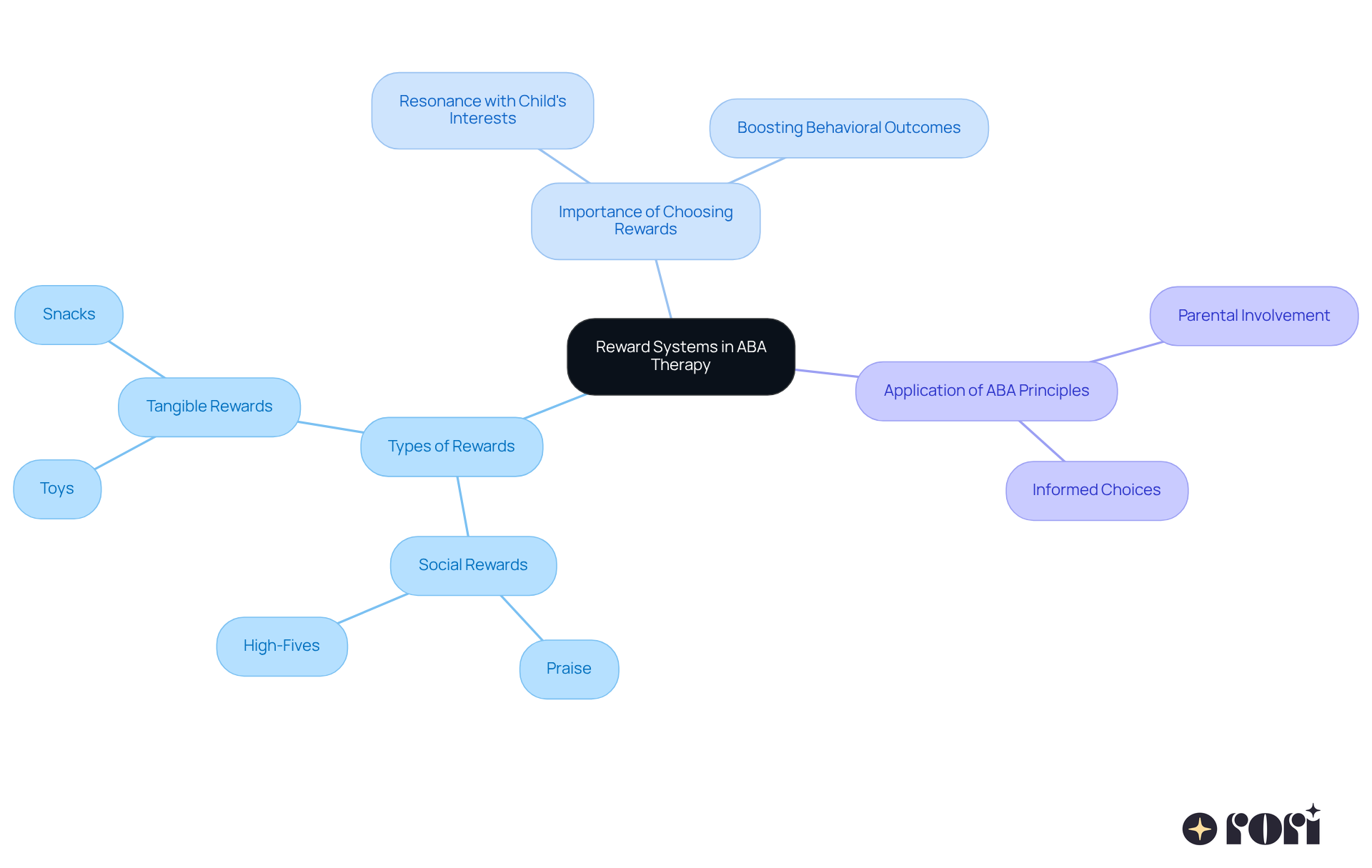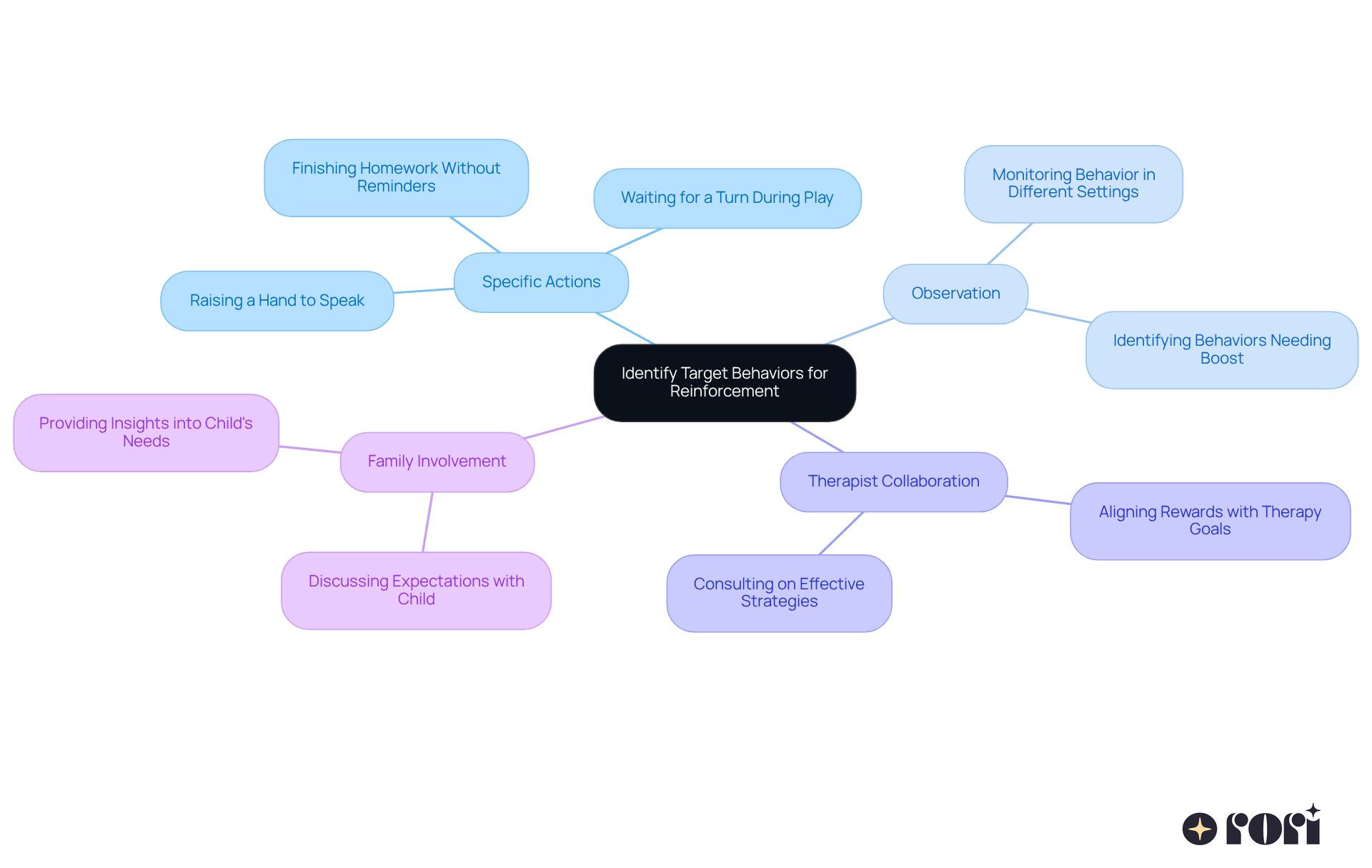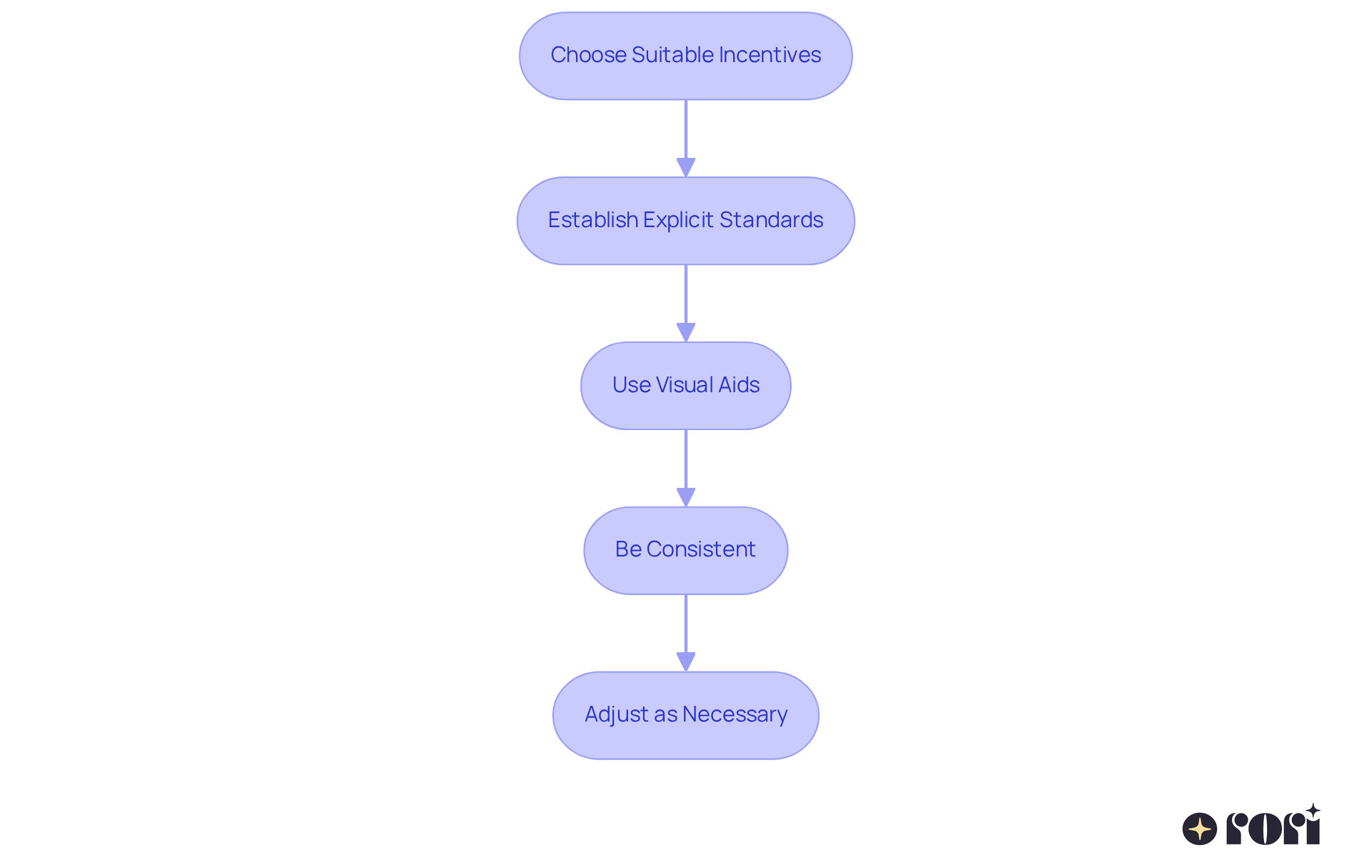In the world of Applied Behavior Analysis (ABA) therapy, rewards play a crucial role in encouraging positive behaviors in children. But let’s be honest - figuring out which rewards truly resonate with your child can be a bit tricky. What works wonders for one child might not have the same effect on another.
This guide is here to help! We’ll dive into the ins and outs of selecting the right rewards for ABA therapy. By understanding your child’s unique preferences, you can create a tailored system that not only motivates them but also supports their growth and development. Let’s explore this together!
In ABA therapy, we create incentive systems to help strengthen those preferred actions through positive reinforcement. This means that when a young person shows a desired behavior, they receive a reward-anything from a kind word to fun items like toys or treats. The key to making these incentive systems work is choosing the right rewards for ABA therapy that truly matter to the child.
For instance, if your little one loves stickers, a sticker chart can be a fun way to encourage good behavior! Understanding the different types of incentives-like social ones (think praise or high-fives) and tangible ones (like toys or snacks)-is super important for parents. This helps in crafting a system that truly resonates with your child.
Also, keep in mind that choosing the right rewards for ABA therapy can vary based on your child's interests and preferences. That’s why choosing the right rewards for ABA therapy is so crucial! By getting involved and applying ABA principles, you can really boost your support. This way, you’ll be making informed choices that lead to better behavioral outcomes for your kids.
Let’s explore this together! Your journey in understanding and applying these strategies can make a world of difference.

To set up a reward system that really works, parents need to pinpoint specific actions they want to encourage. Think about things that are clear and measurable, like:
Start by observing your child in different settings to spot behaviors that could use a little boost. It’s also super helpful to chat with your child’s therapist to make sure that choosing the right rewards for ABA therapy aligns with their goals.
As Ralph Moller wisely points out, "Family involvement in therapy is crucial for effective outcomes," which really emphasizes how important teamwork is in this journey. Plus, when caregivers are equipped with ABA principles and strategies, choosing the right rewards for ABA therapy allows them to better support their child’s behavioral goals through active participation and tracking progress.
Once you’ve identified those target actions, take a moment to discuss them with your child. This way, they’ll know exactly what’s expected of them, making the whole reinforcement process much smoother.
Research shows that ABA therapy boasts an impressive success rate of over 89% in helping individuals with ASD, underscoring the significance of measurable behaviors in achieving positive results. So, let’s explore this together and see how we can make a difference!

Implementing a compensation system in ABA therapy can feel a bit overwhelming, but it doesn’t have to be! Let’s break it down into some simple steps that can make a real difference for you and your child.
Choose Suitable Incentives: Think about what really excites your child. Is it their favorite snack, some extra playtime, or maybe a special outing? Picking incentives that matter to them is key!
Establish Explicit Standards: Be clear about what behaviors will earn those incentives. For instance, you might say, "If you finish your homework without needing reminders, you’ll get a sticker!" This clarity helps kids understand what’s expected.
Use Visual Aids: Visual charts or token boards can be super helpful! They allow children to see their progress and understand how close they are to earning their reward. It’s a great way to keep them motivated and engaged.
Be Consistent: Consistency is crucial! Make sure to provide incentives right after the desired behavior occurs. This helps strengthen the connection between their actions and the rewards they receive. It’s all about reinforcing those positive behaviors!
Adjust as Necessary: Keep an eye on how well the incentive system is working. If certain rewards start to lose their charm, don’t hesitate to switch things up! Keeping the motivation alive is essential.
By following these steps, you can create a responsive reward system that emphasizes choosing the right rewards for ABA therapy, supporting your child’s growth and empowering both you and your child through active involvement in the process. Let’s explore this together! We’re here to help you every step of the way!

Choosing the right rewards for ABA therapy is so important for encouraging positive behavior in our kids! By getting to know the ins and outs of reward systems and customizing them to fit each child's unique interests, parents can really boost the effectiveness of ABA therapy. This involvement not only helps the child grow but also strengthens the bond with their therapist.
Let’s talk about some key insights! It’s crucial to:
Establishing clear expectations and using visual aids can make the reinforcement journey smoother and more fun for the little ones. Plus, staying consistent while being flexible to changing interests is vital for keeping motivation high and ensuring long-term success.
Ultimately, choosing the right rewards for ABA therapy is a team effort that can lead to amazing outcomes. By actively participating in this process and applying the strategies we’ve discussed, parents can empower their children to reach their behavioral goals. So, let’s embrace this opportunity to make a real difference in your child's life and create a supportive environment that encourages positive change! We’re here to help you every step of the way!
What is the purpose of reward systems in ABA therapy?
Reward systems in ABA therapy are designed to strengthen preferred actions through positive reinforcement, encouraging desired behaviors by providing rewards.
What types of rewards can be used in ABA therapy?
Rewards in ABA therapy can be social, such as praise or high-fives, or tangible, like toys or snacks.
How can parents choose the right rewards for their child in ABA therapy?
Parents should consider their child's interests and preferences when selecting rewards, as this ensures the incentive system resonates with the child.
Can you give an example of a reward system in ABA therapy?
An example of a reward system is a sticker chart, where a child receives stickers for demonstrating good behavior, which can be motivating for them.
Why is it important for parents to be involved in the reward system for ABA therapy?
Parental involvement helps in making informed choices about rewards, leading to better behavioral outcomes for the child by applying ABA principles effectively.